Reservoir a lifeline for Turpan in Xinjiang
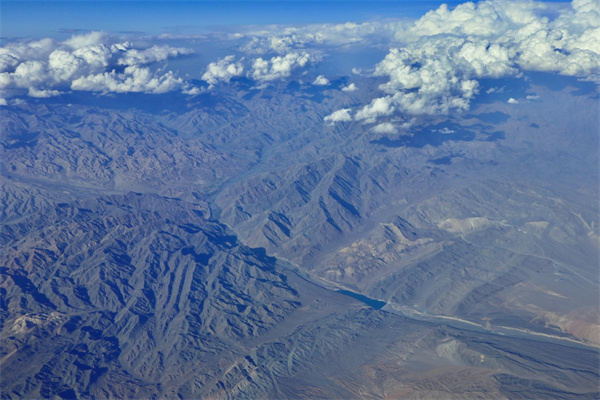
Bogda Mountain, the Daheyan River and Daheyan Reservoir can be seen from an aircraft. [Photo by Zhu Lixin]
If passengers look outside the north-facing windows of an airplane flying over Turpan, Xinjiang Uygur autonomous region, they may notice a reservoir at the foot of Bogda Mountain.
"People from outside Xinjiang may think the Daheyan Reservoir is small, but it is indeed a major project for the people of Turpan," said Ishak Huji, a water conservancy official in the city's Gaochang district.
He witnessed the entire construction process and deeply understands how important it is for Turpan, which is known for its grapes even with its shortage of water.
The reservoir, also known as the Daheyan water diversion project, is located in the upper Daheyan River, whose headwaters are deep in Bogda Mountain, about 60 kilometers from Turpan's urban area.
Turpan lies in a typical arid region. Its annual precipitation is a sparse 16 millimeters, against an evaporation rate of more than 3,000 millimeters.
Affected by the terrain of the basin, Turpan is surrounded by high mountains. The special topographical conditions prevent water from reaching the plain areas, creating perennial water shortages.
Against this background, the reservoir project, with a total investment of 687 million yuan ($93.8 million), was approved by the Xinjiang government in 2014, with construction starting the following year.
Built mainly for agricultural irrigation, flood control and industry, it is expected to divert water from the Daheyan River to wider areas in Turpan.
Huji said there were many challenges in building the reservoir. First, engineers had to overcome the challenge of the world's deepest shale-sandstone layer.
To solve this problem, the world's deepest concrete anti-seepage wall was built. It has a maximum depth of 186.2 meters underground.
On Dec 15, 2020, the reservoir began to store water, and three months later it was supplying water to downstream regions 69.81 million cubic meters annually.
The project is mainly composed of a barrage dam, spillway, irrigation tunnel and flood discharge and sand removal tunnel. It has fundamentally strengthened flood resistance, Huji said.
He said that while Turpan is quite dry, there would still be a flood season, usually from July to September.
"During that period, floodwaters carrying mud and rocks descend en masse. But since the reservoir was built, such phenomena have never been seen again," Huji said.
The reservoir stores destructive excess water. When downstream regions need water, the reservoir supplies it, providing basic conditions for water conservation, ecological environment protection and more scientific and efficient application of water resources.
As of the end of last year, Turpan had built 14 reservoirs with a total water storage capacity of 214 million cubic meters, equivalent to 18 percent of the total water consumption of the city in a year, according to the Turpan water conservancy bureau.
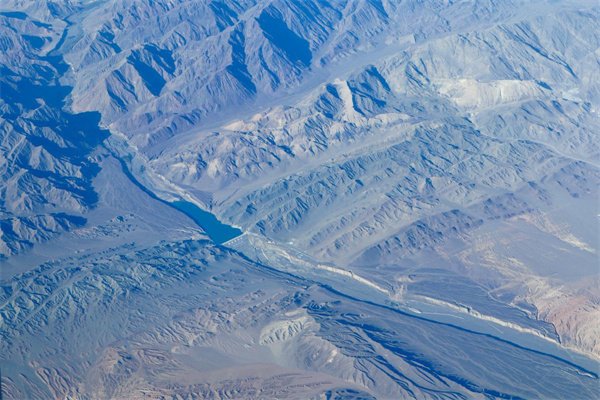
Bogda Mountain, the Daheyan River and Daheyan Reservoir can be seen from an aircraft. [Photo by Zhu Lixin]
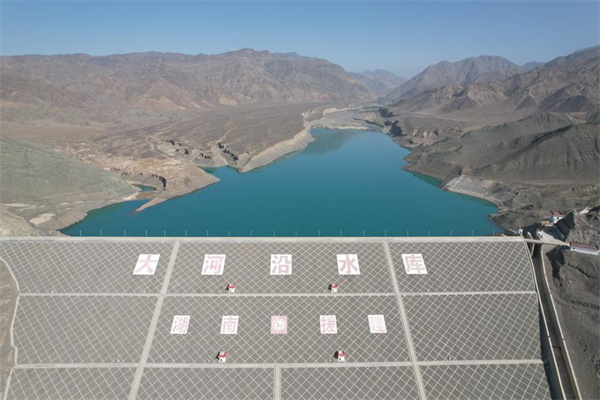
An aerial view of the Daheyan Reservoir with a drone. [Photo by Zou Yi]
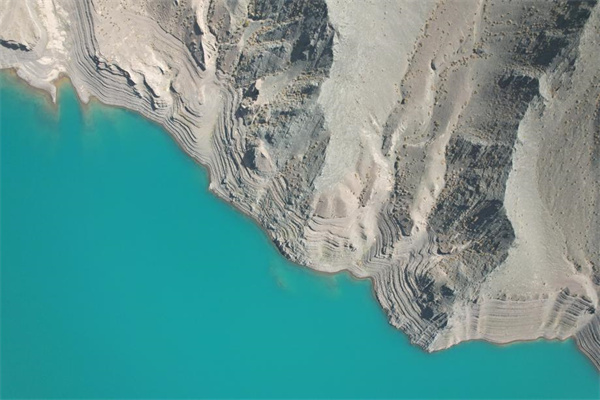
An aerial view of the Daheyan Reservoir with a drone. [Photo by Zou Yi]
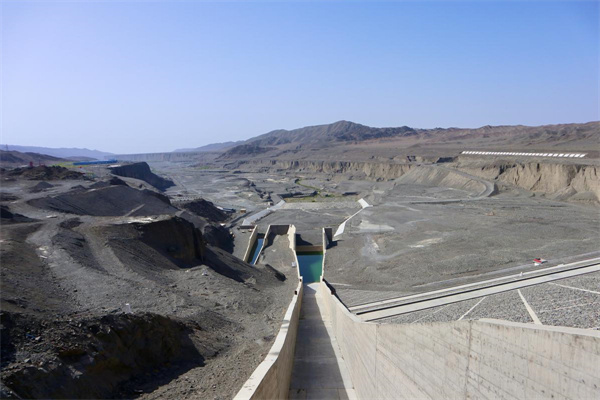
Facilities downstream from Daheyan Reservoir deliver water to Turpan through underground tunnels. [Photo by Zhu Lixin]
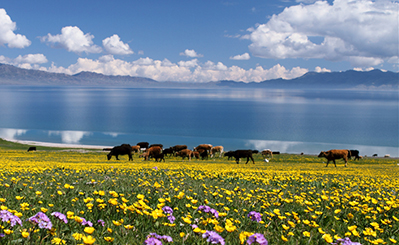 Attractions
Attractions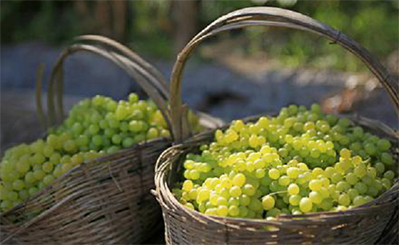 Dining
Dining Culture
Culture